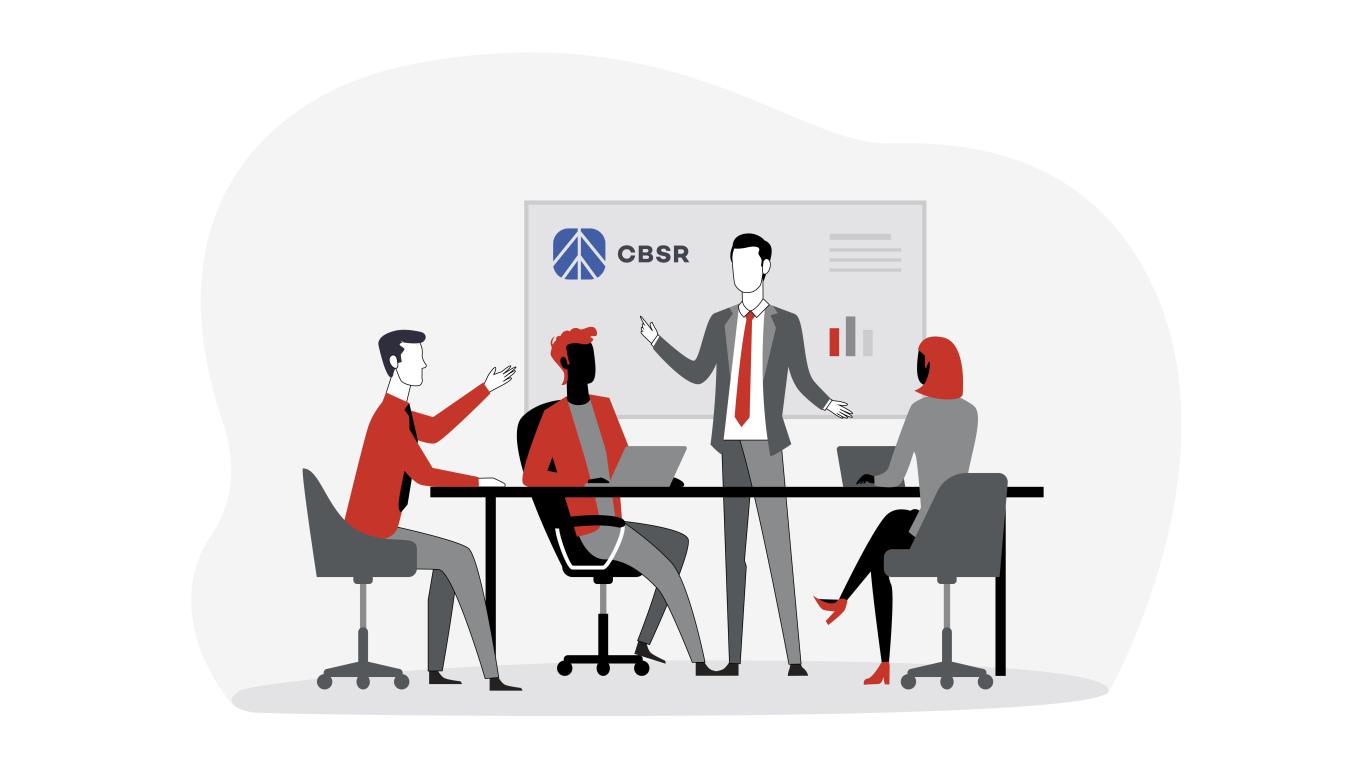Wesley Gee Talks Disclosure: ESG Meets Investor Relations

Our Director of Sustainability, Wesley Gee, visited New York to share insights as part of an expert panel at IR Magazine’s Environmental, Social and Governance (ESG) Integration Forum in December. In Part 1 of our follow-up interview, we discuss why ESG disclosures have value, what the pressures are and how to prioritize ESG data.
Why should companies make ESG disclosures?
We’ve seen recent research showing that companies that disclose their social and environmental impact minimize risk and see improved returns over time. By disclosing their ESG performance, companies can show how they are fulfilling stated missions and values, and meeting or exceeding regulatory requirements and fiduciary expectations. We’ve also seen many credible cases where good sustainability practices are associated with low volatility and positively correlated with stock price.
Are investors really interested in ESG?
Yes, but some know what they want from publicly traded companies and others don’t. Some want data, others are only looking for relevant policy and governance information. The greatest interest comes from longer-term investors (e.g., pension funds), which focus on risk management related to issues ranging from executive compensation to diversity and climate change. In an era of bots scraping data and content from sites and popping it into ESG assessment tools, future analysts will need to make connections across issues, or they will bring little value to investors.

The conference was well attended by IR professionals looking to respond to the growing demand for improved ESG practices and disclosures.
Does ESG improve the attractiveness of company stock?
The perception is that better-managed companies mitigate risk by covering a broad range of non-financial topics. There’s a greater demand for ESG investing, including a huge spike in investment in ESG-screened exchange-traded funds (ETFs). The 41% growth in Responsible Investment (RI) assets under management over the last two years was largely driven by ESG analysis (source: RIA 2018).
What pressures or demands are being placed on companies when disclosing ESG?
Frameworks like the Carbon Disclosure Project (CDP) or the Global Reporting Initiative (GRI) standards are important for credibility, even though they can take a lot of effort to consolidate and report. Formatting those findings is key to planning, since that data is what will be viewed and interpreted. And, of course, all of these elements introduce pressure on your team, so being able to prioritize, plan, and divide and conquer are crucial.
How do companies decide what frameworks and indices to prioritize?
It can come down to a cost/benefit analysis of the resources and effort involved, the size and bandwidth of your team (or ability to work with trusted advisors), what internal benefit comes from aligning with these and demand from key influencers. There’s a school of thought that picking one or two frameworks and doing a great job is a good strategy, but that tends to be easier said than done given the pressures from several influencers to report in a variety of ways. Often when I ask an analyst, they are unable to narrow their choices to even two or three frameworks.
Check back for the second and third parts of our interview, where we discuss materiality in the context of ESG, how ESG can engage stakeholders and the ways companies should go about making ESG disclosures.




